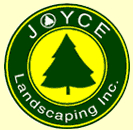 Guest post from Joyce Landscaping — Here we go again…it’s that time of year that we all look forward to. After a long winter of high winds, snow, and ice, typical New England weather, we cannot wait to enjoy spring/summer on Cape Cod. Unfortunately, we need to do a “spring clean-up” in our yards before we can indulge in summertime activities. Except for a few, select people who embrace doing yard work, the rest of us tend to dread it.
Guest post from Joyce Landscaping — Here we go again…it’s that time of year that we all look forward to. After a long winter of high winds, snow, and ice, typical New England weather, we cannot wait to enjoy spring/summer on Cape Cod. Unfortunately, we need to do a “spring clean-up” in our yards before we can indulge in summertime activities. Except for a few, select people who embrace doing yard work, the rest of us tend to dread it.
Before our seasonal visitors, neighbors, tenants, and friends arrive from all over, we need to sacrifice a beautiful day, buckle down, and do a thorough “spring clean-up”.
Here are some suggestions to give your property some great “curb appeal.”
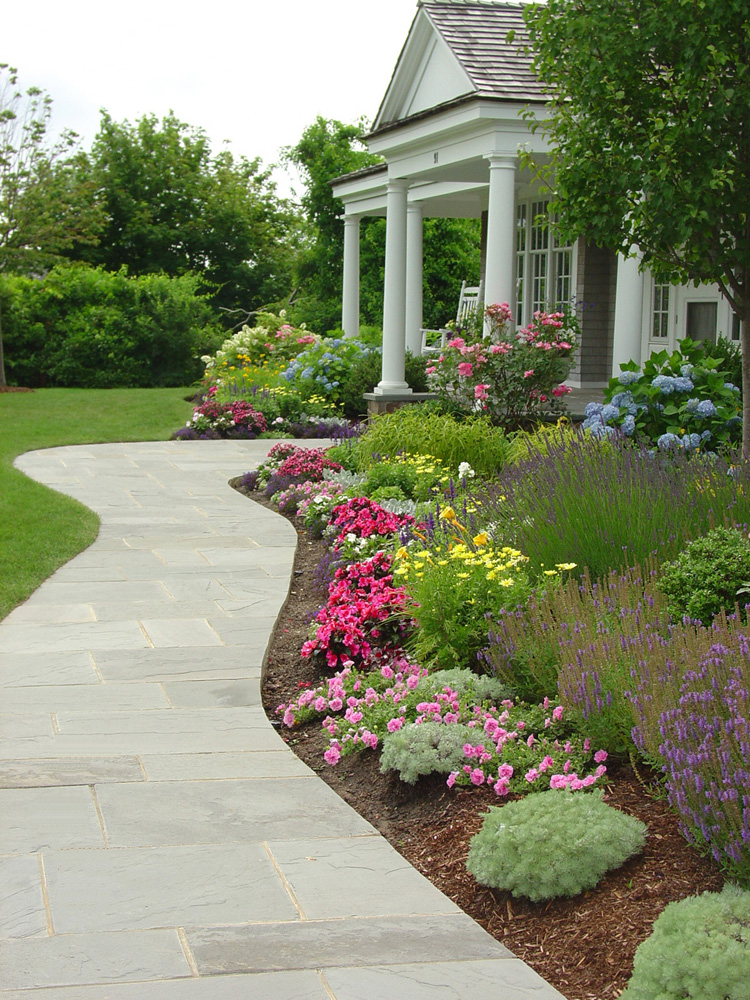 When performing a spring clean-up, I always like to work top to bottom and back to front. So, let’s start with the gutters. You’ll need a ladder, a bucket or trash bag for debris, gloves, and no fear of heights. If you are lucky enough not to have any trees within the immediate proximity of your home, you probably can skip this step. Remove all the leaves and twigs/branches from the gutters, and be sure to unclog downspouts, too.
When performing a spring clean-up, I always like to work top to bottom and back to front. So, let’s start with the gutters. You’ll need a ladder, a bucket or trash bag for debris, gloves, and no fear of heights. If you are lucky enough not to have any trees within the immediate proximity of your home, you probably can skip this step. Remove all the leaves and twigs/branches from the gutters, and be sure to unclog downspouts, too.- Secondly, you will want to de-thatch your lawn, especially if you’ve never had it done or it has been awhile. Removing any thatch/winter debris (leaves, pine needles, acorns, etc.) allows water, fertilizer and all other nutrients to reach the lawn’s route system. Of course, afterwards, you will need to rake and remove all the debris you have loosened from the turf area. If you have any questions on how to de-thatch your lawn, refer to this article at Dummies.com. De-thatching your lawn will also help remove any unwanted moss and weeds. Also, when completed, it is a good time to over-seed. Keep in mind if you have already fertilized your lawn with a pre-emergent herbicide, do not de-thatch your lawn afterwards. Doing so will break the invisible barrier that was formed by the herbicide to prevent crabgrass – just lightly rake the turf area to remove any debris.
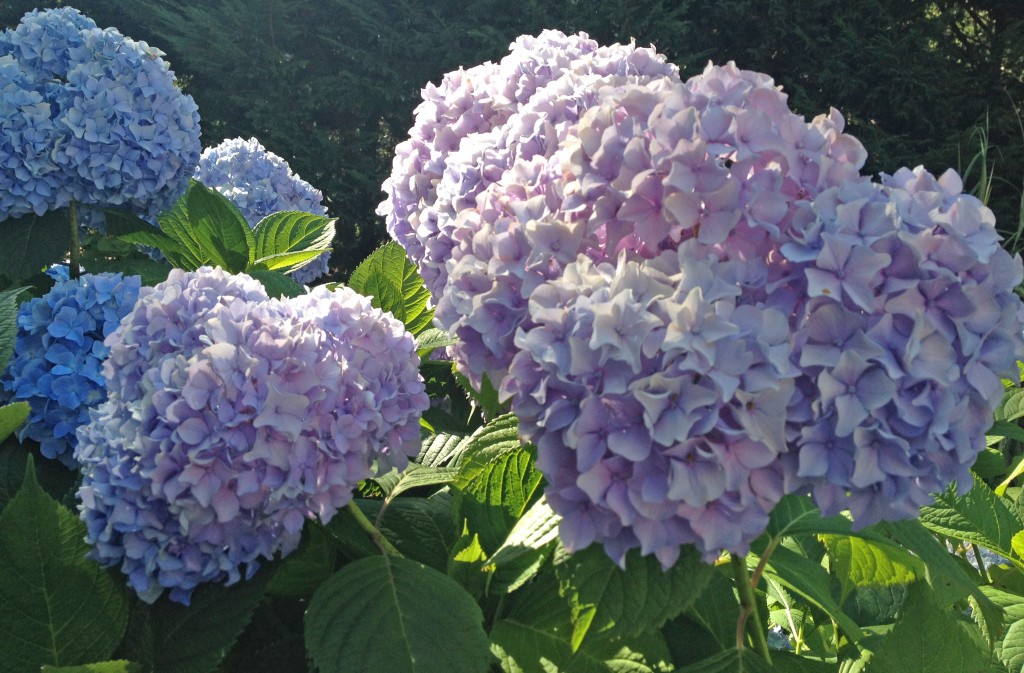 Next, you are going to want to prune any shrubs such as Hydrangeas (depending on the type, check out this guide to pruning at About.com), and cut back any ornamental grasses. If this was done in the fall, it will not be necessary; however, I prefer the spring time, especially with grasses. When cutting the grasses back, the height depends on your preference and the size of the grasses…I prefer a 12” – 18” height. Just do not cut them to the ground.
Next, you are going to want to prune any shrubs such as Hydrangeas (depending on the type, check out this guide to pruning at About.com), and cut back any ornamental grasses. If this was done in the fall, it will not be necessary; however, I prefer the spring time, especially with grasses. When cutting the grasses back, the height depends on your preference and the size of the grasses…I prefer a 12” – 18” height. Just do not cut them to the ground.- After you have made your cutbacks and pruned what needed to be pruned, next comes the task nobody really enjoys – weeding. Who wants to be on their hands and knees pulling pesky little unwanted nuisances on a beautiful spring day? However, not only will it promote the health of any perennial/annual flowers you may have, it is cosmetically pleasing from a “curb appeal” aspect. When finished weeding, you are going to remove all the debris you created from pruning and weeding, and dispose of it.
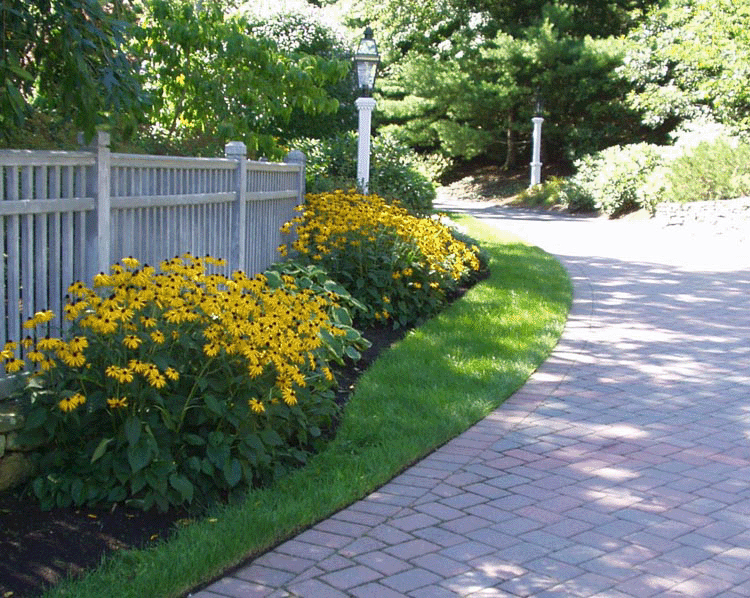 At this point, your yard should start taking shape, and you can already see an improvement. This is when you want to create or define a bed edge. This article at eHow.com is an excellent pruning guide and will provide you step-by-step instructions on how to create a bed edge. Although edging is not necessary, if you decide to mulch, it will help prevent the mulch from eroding onto unwanted areas during a spring downpour.
At this point, your yard should start taking shape, and you can already see an improvement. This is when you want to create or define a bed edge. This article at eHow.com is an excellent pruning guide and will provide you step-by-step instructions on how to create a bed edge. Although edging is not necessary, if you decide to mulch, it will help prevent the mulch from eroding onto unwanted areas during a spring downpour.- Mulching has many benefits – it reduces the amount of water that evaporates from your soil, thus reducing the need to water your plants. Mulch provides nutrients to sandy soil and improves its ability to hold water. Being homeowners on the Cape, we all know how important that is. Mulch keeps weeds down, and the weeds that do grow are much easier to pull, helping us to keep off our hands and knees during the next season. Choosing the right mulch is up to you – I like darker mulch. A dark pine mix, for example, will make the color of your landscape seem vibrant and have more “pop” to it. When applying the mulch, you want to make sure it’s approximately 2” – 4” thick, and keep it away from any areas you may want seasonal flowers or a perennial garden to grow.
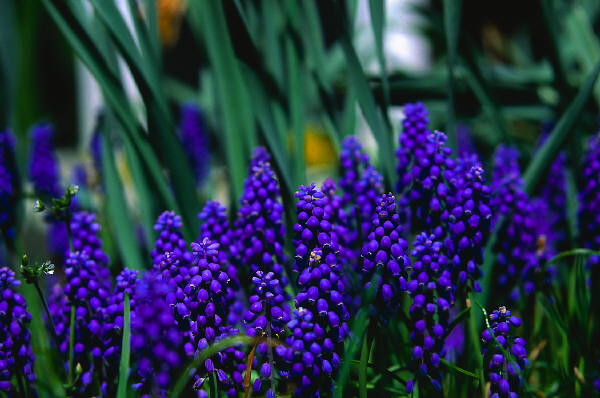 Now we have cleaned our gutters and turf areas, de-thatched our lawns, pruned, weeded the beds, created bed edges, and mulched. The last step is either fertilizing the lawn or over seeding your lawn. You can either contact your local lawn care provider, who could provide both services (I would recommend Always Green of Cape Cod, one of The Joyce Companies), or, if you are a “do-it-yourself” person, you could find both products at your local lawn and garden supply store.
Now we have cleaned our gutters and turf areas, de-thatched our lawns, pruned, weeded the beds, created bed edges, and mulched. The last step is either fertilizing the lawn or over seeding your lawn. You can either contact your local lawn care provider, who could provide both services (I would recommend Always Green of Cape Cod, one of The Joyce Companies), or, if you are a “do-it-yourself” person, you could find both products at your local lawn and garden supply store.
At this time, your yard should be ready to enjoy. After reading this, if you decide you absolutely do not want to spend a beautiful spring day or two cleaning your yard, you can contact me at lee@joycelandscaping.com. There is no obligation, and our services are not as expensive as you might think. Enjoy your summer!
Did you like this?







As a contractor I see the effects of not maintaining your gutters….Great read and good information!
Great article that makes you want to put your gloves on and go gardening Lee! Now do I have the time? Unfortunately no. For Vacation Rental owners who want to save time and hire landscaping companies such Joyce Landscaping Inc. I would also recommend, automating the management process. There are great vacation rental software companies that can automate the scheduling and management of properties including landscaping, maintenance staff, housekeeping etc.